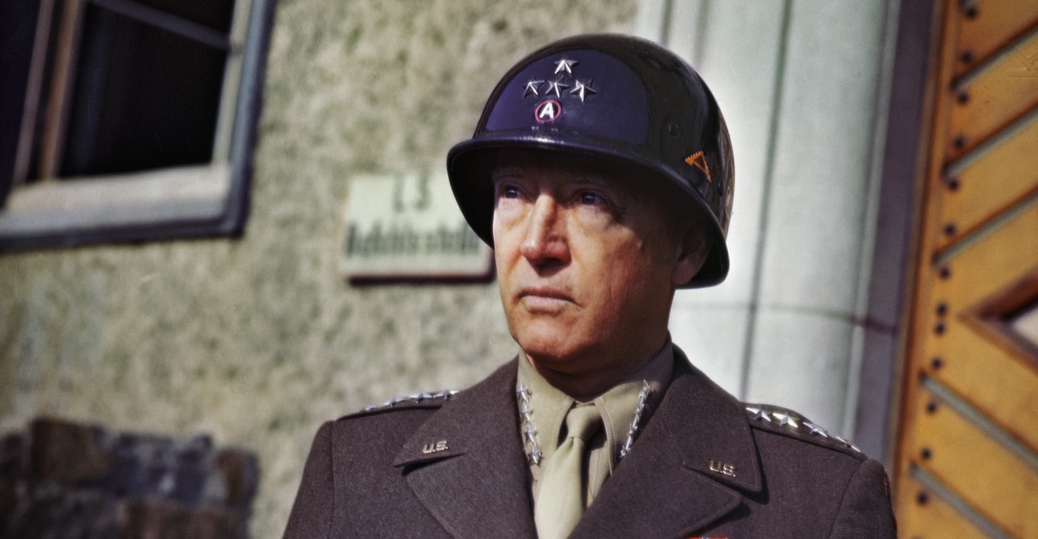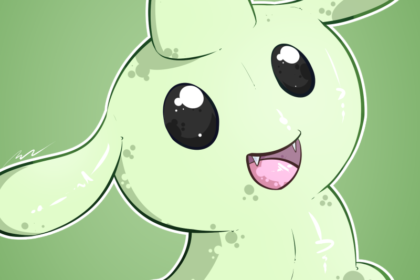General George Smith Patton Jr. was a senior officer of the United States Army who commanded the U.S. Seventh Army in the Mediterranean theater of World War II, but is best known for his leadership of the U.S. Third Army in France and Germany following the Allied invasion of Normandy in June 1944. Take a look below for 30 more interesting and fascinating facts about George S. Patton.
1. Born in 1885 to a family with an extensive military background, Patton attended the Virginia Military Institute and the U.S. Military Academy at West Point.
2. He studied fencing and designed the M1913 Cavalry Saber, or more commonly known as the “Patton Sword,” and partially due to his skill in the sport, competed in the 1912 Summer Olympics in Stockholm, Sweden.
3. Patton first saw combat during the Pancho Villa Expedition in 1916, taking part in America’s first military action using motor vehicles.
4. He later joined the newly formed United States Tank Corps of the American Expeditionary Forces and saw action in World War I, commanding the U.S. tank school in France before being wounded while leading tanks in combat near the end of the war.
5. In the interwar period, Patton remained a central figure in the development of armored warfare doctrine in the U.S. Army, serving in many staff positions throughout the country.
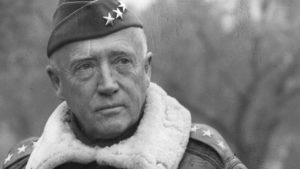
6. Rising through the ranks, he commanded the 2nd Armored Division at the time of the American entry into World War II.
7. Patton led U.S. troops into the Mediterranean theater with an invasion of Casablanca during Operation Torch in 1942, where he later established himself as an effective commander through his rapid rehabilitation of the demoralized U.S. II Corps.
8. He commanded the U.S. Seventh Army during the Allied invasion of Sicily, where he was the first Allied commander to reach Messina.
9. Patton returned to command the Third Army following the invasion of Normandy in June 1944, where he led a highly successful rapid armored drive across France.
10. He led the relief of beleaguered American troops at Bastogne during the Battle of the Bulge, and advanced his Third Army into Nazi Germany by the end of the war.
11. After the war, Patton became the military governor of Bavaria, but he was relieved of this post because of his statements trivializing denazification.
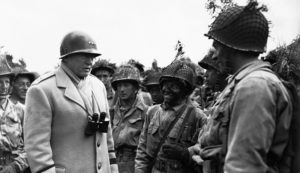
12. He commanded the United States Fifteenth Army for slightly more than two months.
13. Patton died in Germany on December 21, 1945, as a result of injuries from an automobile accident twelve days earlier.
14. Patton’s colorful image, hard-driving personality and success as a commander were at times overshadowed by his controversial public statements.
15. His philosophy of leading from the front and his ability to inspire troops with vulgarity-ridden speeches, such as a famous address to the Third Army, attracted favorable attention.
16. Patton’s strong emphasis on rapid and aggressive offensive action proved effective during his time in battle.
17. While Allied leaders held sharply differing opinions on Patton, he was regarded highly by his opponents in the German High Command.
18. Patton believe that he had been reincarnated from many previous military lives. Specifically, he believed that he had been a Greek soldier who resisted the Persian invasion of Ionia, a Roman soldier int he Tenth Legion under Julius Caesar, a Viking warrior, a Scottish Highlander fighting for the House of Stuart, a French soldier who escorted Napoleon Bonaparte on his retreat from Russia, and a member of a New York regiment during the American Civil War.
19. Patton had dyslexia.
20. While he was known for his foul language, it was mostly an act. He used it expressively to motivate his men and didn’t swear in casual conversation.
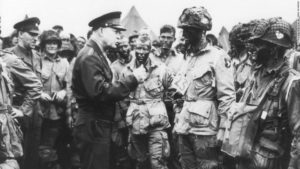
21. Patton struggled academically during his initial year at the U.S. Military Academy and was required to repeat his first year after failing mathematics.
22. After failing his first year, Patton began working with a tutor and redoubled his efforts to receive adequate grades the remainder of his tenure at West Point, eventually graduating 46th in his class of 103 cadets.
23. In response to a deadly 1916 raid by Pancho Villa in Columbus, New Mexico, President Woodrow Wilson ordered American troops across the Mexican border to capture or kill the Mexican revolutionary. Patton served as aide-de-camp to the mission’s commander, General John J. Pershing.
24. Patton participated in the first motorized attack in the history of American warfare on May 14, 1916, in which Pancho Villa’s second-in-command and two of his guards were killed.
25. Patton garnered headlines by ordering the corpses of Pancho Villa’s second-in-command and two of his guards to be strapped like trophy animals to the hoods of his unit’s automobiles before driving back to base.
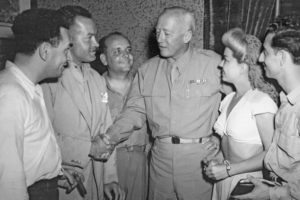
26. He fired a new ivory handled Colt .45 in the deadly Mexican shootout, but after the battle, he decided to carry a second ivory-handled handgun for added firepower.
27. While personally leading an attack on German machine gun positions as part of the Meuse-Argonne Offensive on September 26, 1918, Patton was struck by a round that tore into his left thigh. Badly wounded, he continued to command the battle for the next hour from a shell hole and insisted on filing his report at division headquarters before being taken to the evacuation hospital. When the Purple Heart was reinstituted in 1932, Patton was awarded the honor for his combat wounds.
28. Patton deliberately cultivated a flashy, distinctive image in the belief that this would inspire his troops.
29. He was usually seen wearing a highly polished helmet, riding pants and high cavalry boots.
30. He was known to oversee training maneuvers from atop a tank painted red, white and blue.

